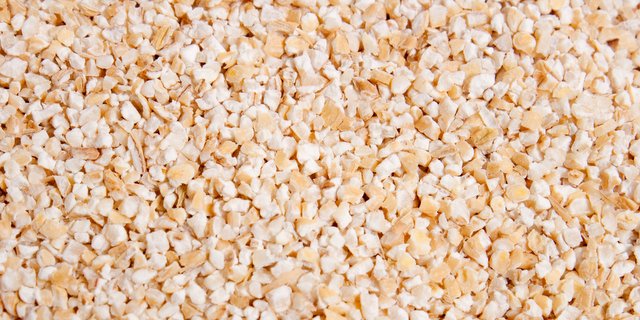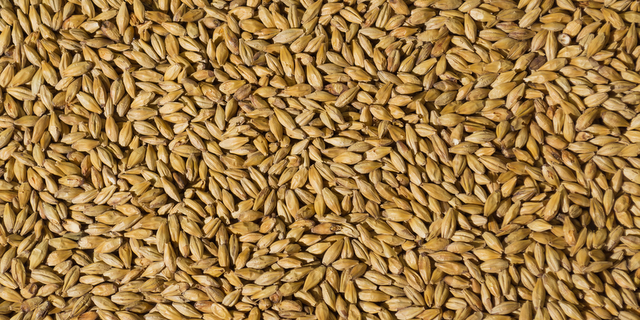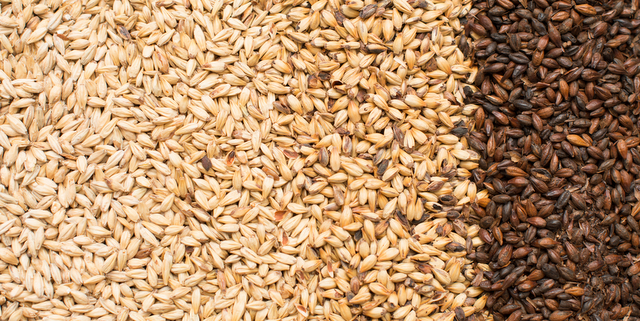
Barley has gone from being a major feed grain to a specialty food crop in the last 25 years. While there are still a few areas, primarily corn deficient regions, in the United States that utilize barley for livestock, barley’s major use is for malting — according to a recent report by the American Malting Barley Association. This malt makes its way into many of the cereals, crackers and baked goods that we eat and of course, the beer and other malt beverages that we drink. This shift to a higher value food crop has occurred as acreage has declined and barley’s value has increased.
The acreage decline began in 1985 when barley was seeded on 13.2 million acres. It is currently averaging (2009-2013) about 3.2 million acres. This decline has resulted in significant shifts in barley production and procurement. In the mid-1980s, the brewers, distillers and food companies using malted barley were able to select from a large pool of barley grown in the northern plains and intermountain west. Most of this barley was produced on the open market with some of irrigated acreage being contracted by end-users. As cropping patterns began to change and the fuel ethanol industry began generating millions of tons of dried distillers grains, the market for feed barley declined. Barley acreage declined and the large pool of malting barley was dramatically reduced.
The American Malting Barley Association, a trade association of 53 brewing, malting and distilling companies, estimates that in the 1986, the top six malting barley states produced over 280 million bushels of malting barley, of which, approximately 130 million bushels were selected for malting. By 2012, these same six states only produced 140 million bushels of malting barley. Half of that was produced 26 years earlier. End-users must now select the roughly 115 million bushels they need from this much smaller pool and now contract nearly all of the malting barley acreage to ensure an adequate supply.
Barley has become a specialty crop with nearly 60 percent going for malting and the remaining going to food, feed, seed and exports. Malting barley remains a very profitable crop, but it often takes a little extra effort to meet quality specifications when the weather does not cooperate. With a tight supply, the industry has worked closely with growers to maintain high selection rates. The American Malting Barley Association cites Brian Lacey, who lives in west central Minnesota and still produces a good crop of malting barley long after his neighbors have moved on to other crops. He notes that top dressing some nitrogen after planting, keeping an eye on diseases and straight combing his barley has helped keep his selection rates high. Learn more by visiting this great association right here.



Leave a Reply
You must be logged in to post a comment.